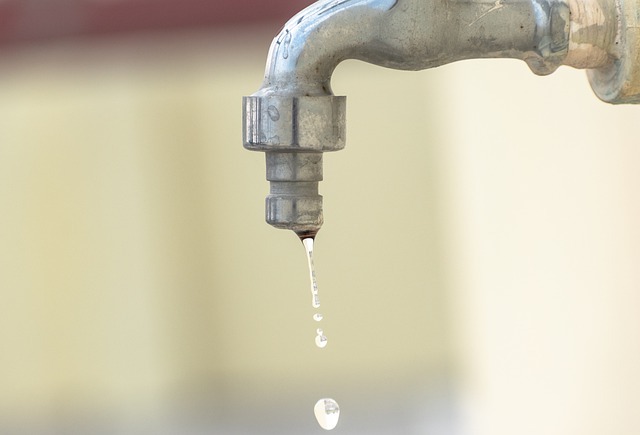
After you move into a new house, you’ll likely see some sort of plumbing problem arise. The majority of the time, these problems will be in the kitchen or bathroom. At some time, everyone who owns a home will have some type of problem with the plumbing. Here are some helpful plumbing tips in case you find yourself in that situation, or any other situation where you will need to do some plumbing work.
You can easily fix noisy pipes. Exposed pipes need to be anchored. If these pipes on the ceiling, or in the floors or walls, it might be a good idea to hire a professional to help you finish the project.
Frozen Pipes
To prevent frozen pipes, always keep the living spaces in your house above freezing, even if you aren’t home. Any exposed pipes need to be insulated against the outdoor temperatures. If ambient temperature surrounding pipes goes below freezing, pipes can freeze as well. In the very least, you could lose running water inside while waiting for the pipes to unfreeze. However, frozen pipes commonly break or crack pipes, leading to flooding and costly repairs.
If you discover that a water pipe has frozen, find the tap closest to the pipe so when the thaw happens, the water has an exit point. This relieves the pressure contained in the pipe as it also prevents it from bursting, which would reduce the damage done to your house.
Knowing what tools are what and the proper way to use them will make you much better at plumbing. Study before any do it yourself project by reading any relevant manuals, going online and even making trips to your local public library. Plan properly prior to beginning any type of repair, because fixing a mistake can cost a lot of money.
Avoid bleach tablets, blue toilet deodorizers or the other odor removers inside your toilet. These may deodorize, but they can seriously damage the rubber pieces in the toilet, causing poor functionality or even complete breakdown of the fixture.
If you aren’t having any luck using a plunger on a clogged toilet, you may want to try pouring warm water into it from waist high. Do this as often as necessary if the water level dips back down again.
If something is wrong with the disposal in your sink, avoid the temptation to stick your hand in there to fix it. Garbage disposals can be dangerous, even if they are powered off. Use the web to locate a diagram or users manual for your device.
Floor Damage
Check your floors for softness around toilets, so that you can ascertain if there is any floor damage. An easy way to test for floor softness is by straddling the toilet and shifting your weight. If the floor feels soft when you do this, you have floor damage. When you have a problem like this to deal with, the earlier you detect it, the less expensive it will be to take care of.
Make sure there is a strainer covering all drains in order to collect particles that would cause a clog if they went down the drain. You should clean your strainer in your kitchen anytime you have anything in it. The ones in the bathroom can be cleaned out as needed.
Check overflow holes regularly to prevent blockage. These passages allow your sink to fill up without overflowing onto your floor, and if they’re blocked that can cause you a major headache. Inspect and clean the overflow holes as part of your regular household maintenance.
For clogged pipes, unblock them with a cleaner that is enzyme based. Enzyme-based cleaners actually digest part of the sludge, liquefying it, and cleaning your drain naturally. The cleaners that have enzymes are the best you can buy.
Cleaning an aerator can remove sediment buildup that causes low water pressure. After removing the aerator, use an old toothbrush with some vinegar on it to clean the sediment off. Then simply rinse and reattach the aerator. Doing so will assist in increasing water pressure since obstructions in the aerator are removed in this process.
If you have to take out the clean out plug and cannot do it, you can do it this two ways. First, try using a chisel with a hammer to get the fitting loosened. The only other alternative is to chisel through the plug.
If there is sewage backing up in your toilet, it is probably due to blockage in a branch between the sewage and main lines. If you can’t clear the blockage yourself, contact a professional plumber, who can insert a snake into the line to break up the blockage.
As the weather turns frosty, make sure faucets outside are not dripping or leaking. If there are problems, you must make the needed fixes prior to the arrival of freezing temperatures. Both plastic and metal pipes are susceptible to bursting when they freeze. Even a very tiny crack can cause water to get out and flood your home, or at least cause some water damage.
It is unwise to be unprepared for sudden plumbing problems. If you own your own home, you should know some basic plumbing skills, and have the tools ready to go. The helpful advice you learned from this article will help you when you have a plumbing issue.